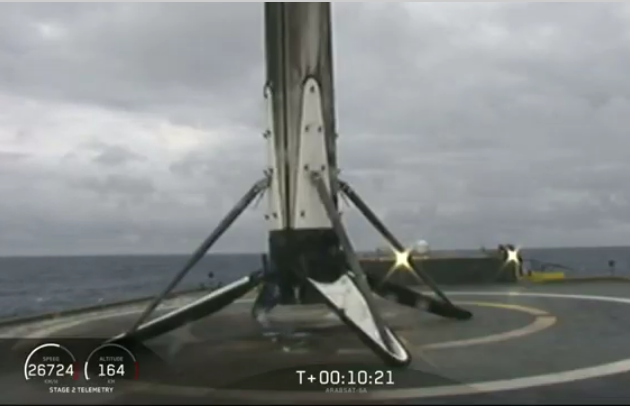China announces plans for asteroid/comet sample return mission
The new colonial movement: China today announced plans to fly an ambitious mission to both an asteroid and comet, which would also bring back a sample from the asteroid.
The current plan, which is still under discussion, calls for a probe to visit and collect samples from the small near-Earth asteroid 2016 HO3 (also known as Kamo’oalewa). “Then, the probe will fly back to the proximity of Earth, and a return capsule will be released to bring the samples back to Earth,” Xinhua reported today (April 18), citing a China National Space Administration official. “After that, the probe will continue its journey. With the assistance of the gravity of Earth and Mars, it will finally arrive at the main asteroid belt and orbit the Comet 133P to explore it.”
Both objects are unusual. The asteroid is in a strange solar orbit that almost makes it a moon of the Earth, while the comet appears to be a main-belt asteroid with comet-like activity.
The mission is not finalized yet, so expect some revisions.
The new colonial movement: China today announced plans to fly an ambitious mission to both an asteroid and comet, which would also bring back a sample from the asteroid.
The current plan, which is still under discussion, calls for a probe to visit and collect samples from the small near-Earth asteroid 2016 HO3 (also known as Kamo’oalewa). “Then, the probe will fly back to the proximity of Earth, and a return capsule will be released to bring the samples back to Earth,” Xinhua reported today (April 18), citing a China National Space Administration official. “After that, the probe will continue its journey. With the assistance of the gravity of Earth and Mars, it will finally arrive at the main asteroid belt and orbit the Comet 133P to explore it.”
Both objects are unusual. The asteroid is in a strange solar orbit that almost makes it a moon of the Earth, while the comet appears to be a main-belt asteroid with comet-like activity.
The mission is not finalized yet, so expect some revisions.


